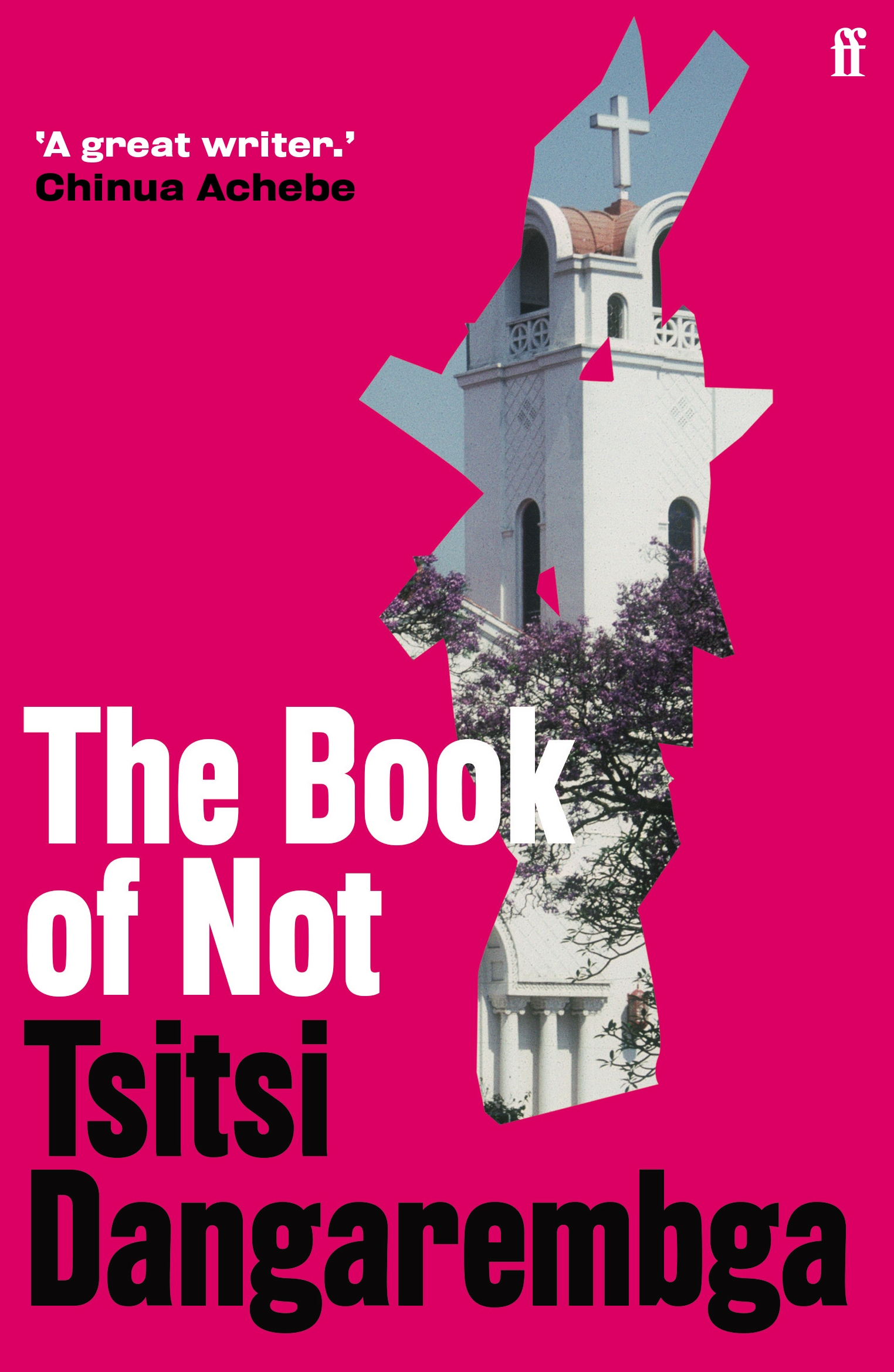What do you think?
Rate this book


320 pages, Paperback
First published December 19, 2006
I’d memorise everything for O-Level, there was no problem. The cup, the one for the best O-level results, I promised myself I would have it, and my name would be inscribed on it for everyone for ever to see: Tambudzai Siaguke. The people would know who I was, a person to be reckoned with and respected, not a receptacle of contempt like the gardener, maids, cook boys and terrorists.
“So this evening I walked emptily to the room I would soon vacate, wondering what the future there was for me, a new Zimbabwean”
But as I was not, I could feel nothing, and when I had come to this point of not being, I took the precaution of appropriately looking down.

not exactly a collaborator, but one whose soul hankered to be at one with the occupying Rhodesian forces.Mutengesi. The people in the village said Babamukuru was one who'd sell every ounce of his own blood for a drop of someone else's.
How does a daughter know that she feels appropriately towards the woman who is her mother? Yes, it was difficult to know what to do with Mai, how to conceive her. I thought I hated her fawning, but what I see I hated is the degree of it. If she was fawning, she was not fawning enough. She diluted it with her spitefulness, the hopeless clawing of a small cornered spirit towards what was beyond it. And if she had spirit, it was not great enough, being shrunk by the bitterness of her temper.
As I liked to be good at what I did, I was not afraid of hard work. I would put in what was required to reach the peak I aspired to. It was especially important to be at the top, as it was quite clear to me and to everyone I had to be one of the best. Average simply did not apply; I had to be absolutely outstanding or nothing.
'What is the matter?' Sister was very anxious.
'I'm fine,' I told her. My favourite teacher was anxious. But my sister lay first in the sand and then in a hospital bed without a leg. What would Sister do if I told her? What would the other girls do if they heard? They all had their little boxes tight in their chests for their memories of war. There was too much grief here for a room full of girls. Thinking this, I did let go. I forgot about not letting anything out. I kept on wiping so that my tears fell on the cloth sleeve. It was like that when people were kind to you. Sometimes you forgot.
I liked to stand at assembly and look up at the library. Stepping into the library was as exciting as stepping into a winnow basket, the first transport choice of local magical people, as otters board a flying saucer or a magic carpet. Away, away you whisked in that place, into the pictures of other people's imaginations, the pages of other people's histories. And how warming it was to not be here but somewhere else, over there between this and that, where you could become anything at all and where anything, including good things, could happen! Yes, the library ran above the domestic science classroom. Aromas of sugar, butter, lemon, and cinnamon wafted up while you sat in your cubicle concentrating acutely, book in hand, but not really there, somewhere else. It was a small ecstasy of being.